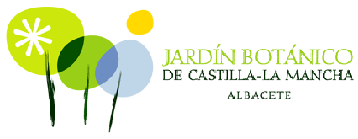Resumen
The carotenoid cleavage dioxygenase 2, a new member of the CCD family, catalyzes the conversion of zeaxanthin into crocetin-dialdehyde in Crocus. CCD2 is expressed in flowers, being responsible for the yellow, orange and red colorations displayed by tepals and stigma. Three CsCCD2 genes were identified in Crocus sativus, the longest contains ten exons and the shorter is a truncated copy with no introns and which lacks one exon sequence. Analysis of RNA-seq datasets of three developmental stages of saffron stigma allowed the determination of alternative splicing in CsCCD2, being intron retention (IR) the prevalent form of alternative splicing in CsCCD2. Further, high IR was observed in tissues that do not accumulate crocetin. The analysis of one CsCCD2 promoter showed cis-regulatory motifs involved in the response to light, temperature, and circadian regulation. The light and circadian regulation are common elements shared with the previously characterized CsLycB2a promoter, and these shared common cis-acting elements may represent binding sites for transcription factors responsible for co-regulation of these genes during the development of the stigma in saffron. A daily coordinated rhythmic regulation for CsCCD2 and CsLycB2a was observed, with higher levels of mRNA occurring at low temperatures during darkness, confirming the results obtained in the in silico promoter analysis. In addition, to the light and temperature dependent regulation of CsCCD2 expression, the apocarotenoid β-cyclocitral up-regulated CsCCD2 expression and could acts as a mediator of chromoplast-to-nucleus signalling, coordinating the expression of CsCCD2 with the developmental state of the chromoplast in the developing stigma.


Leave a Reply